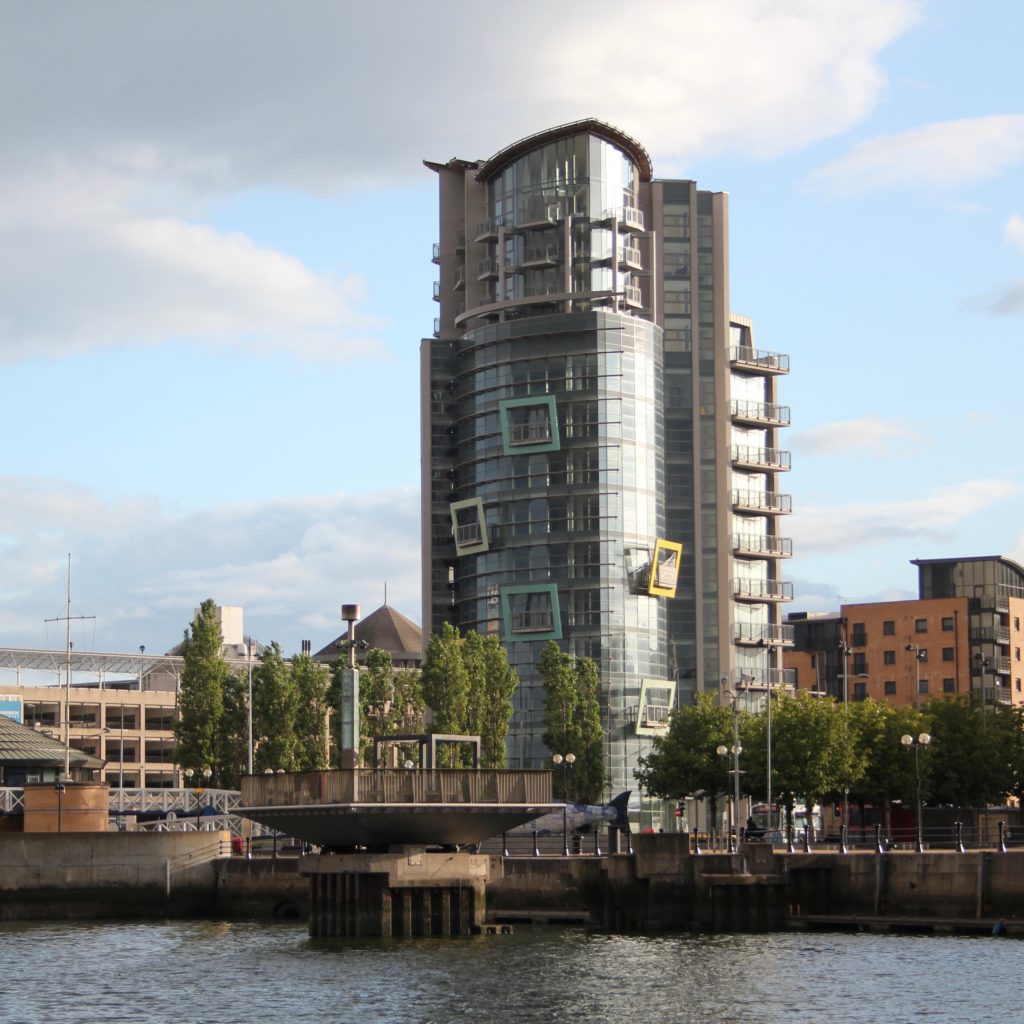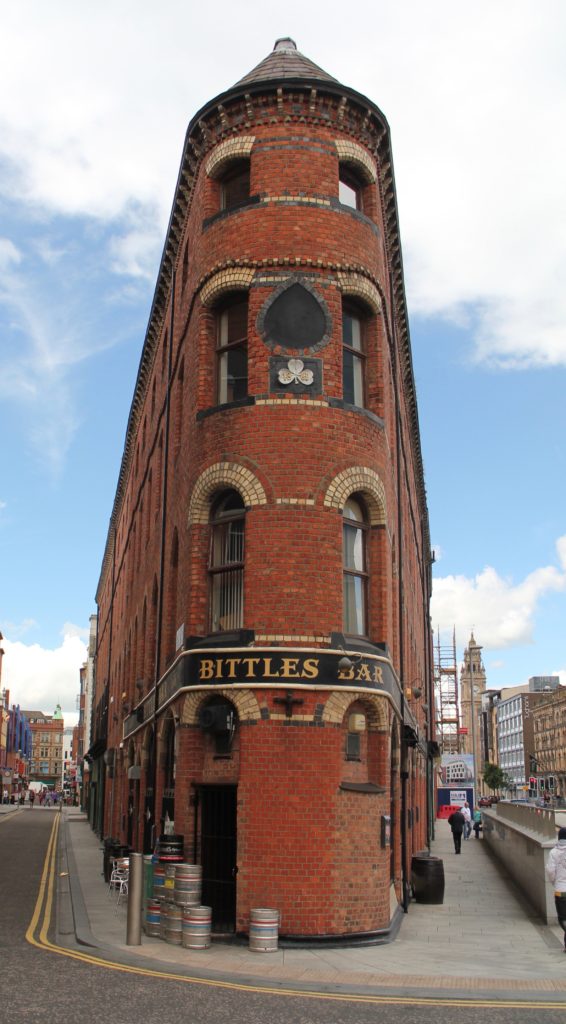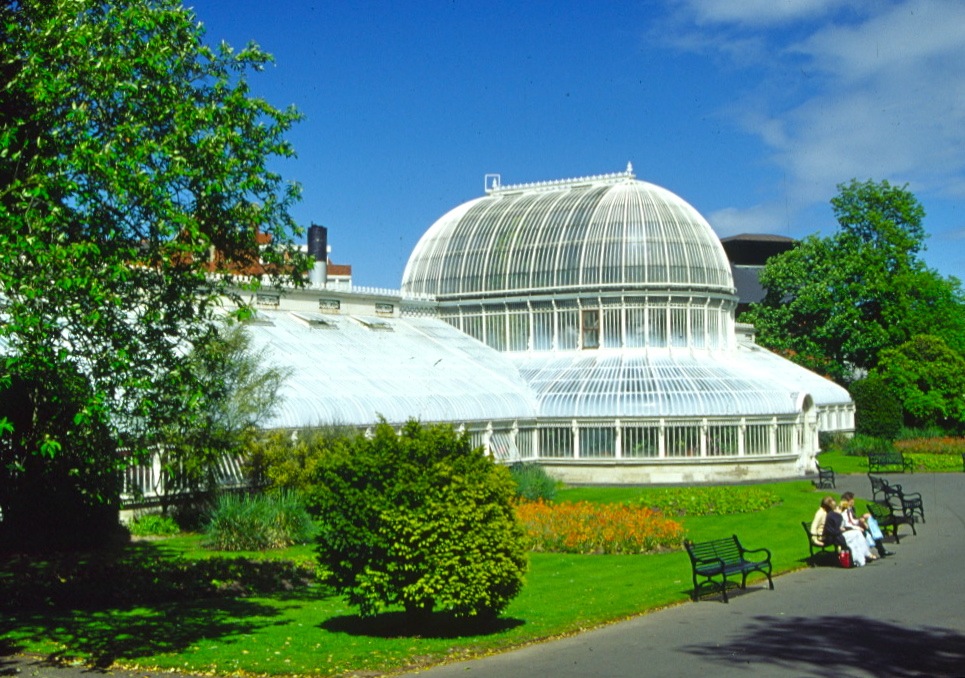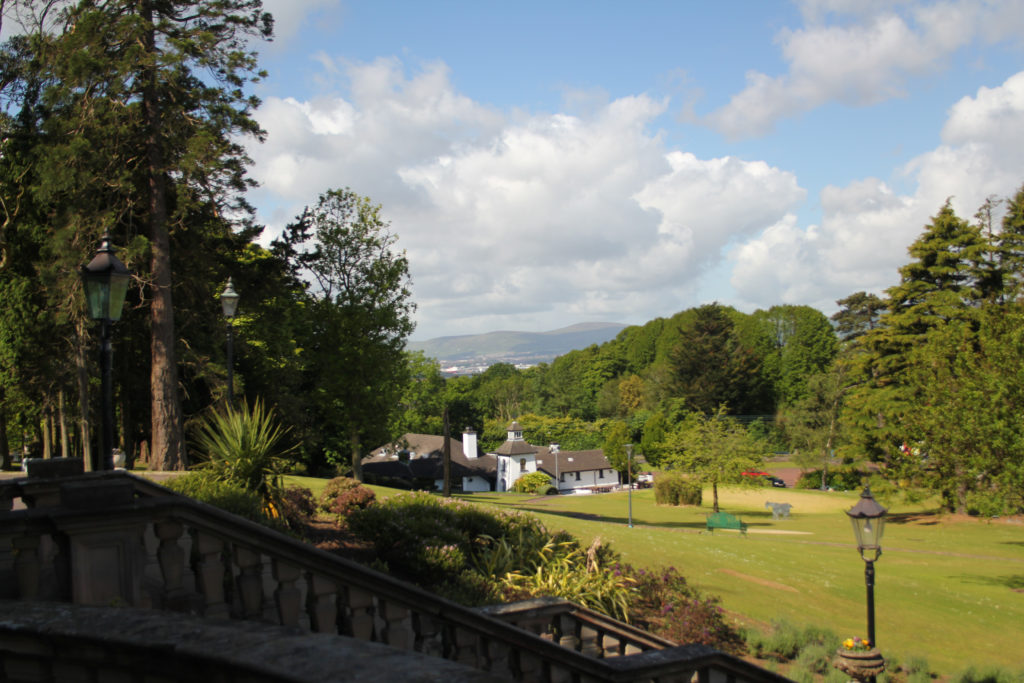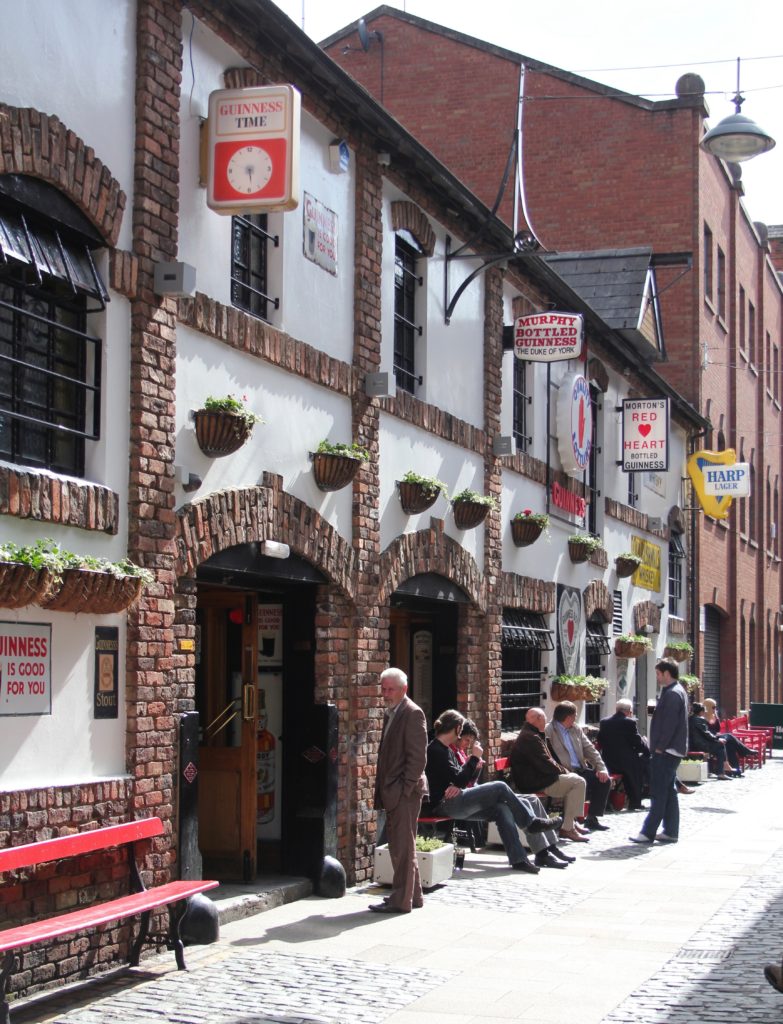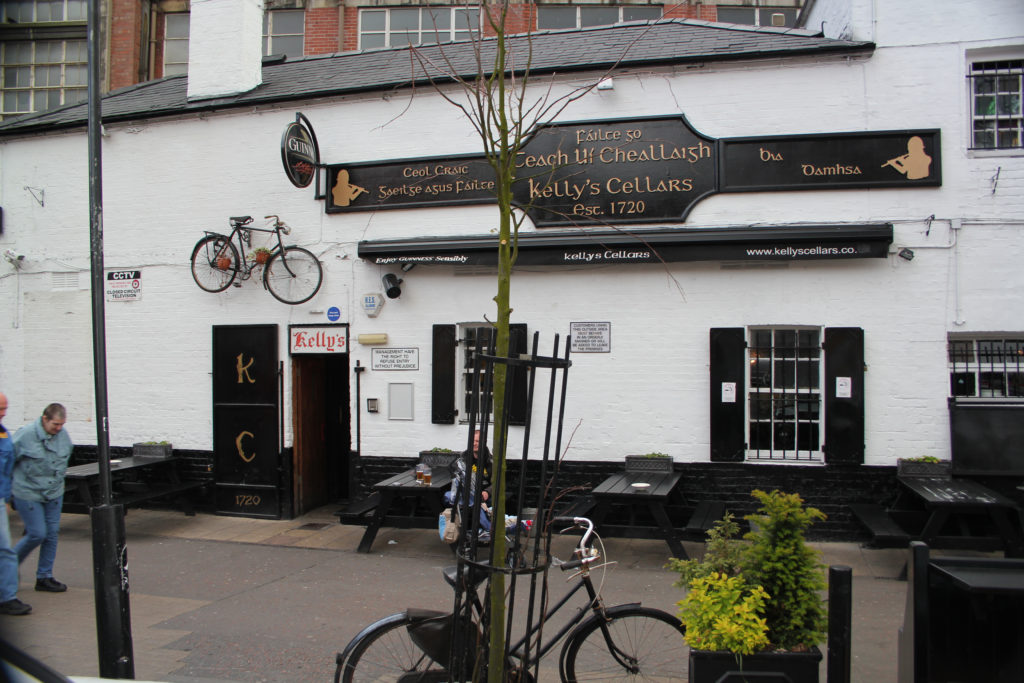Niall Gibbons, CEO of Dublin based Tourism Ireland shares his passion for exploring Ireland and experiencing the 1,600 mile-long Wild Atlantic Way on the NPR One Podcast. Second half of the show we’ll visit a cool Dublin pub named The Bar with No Name—It’s a place you’ll have to search for but its worth the walkabout.
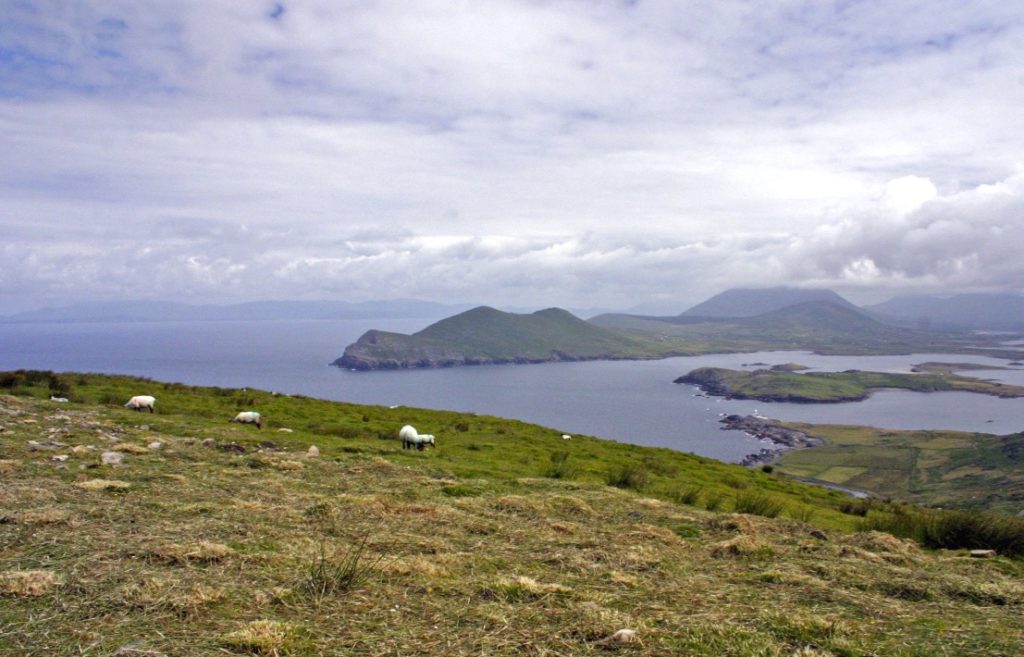
Click here to listen to the NPR One podcast with Niall Gibbons and on-location at Dublin’s Bar With No Name
Dublin City is an inviting place with endless streets and lanes lined with Victorian era homes and shops. A visit to Guinness Storehouse for a pint or two of the “Black Stuff” is an integral part of the Dublin experience. Not to be missed is the brewery tour, and if time allows, a tutorial in pulling the perfect pour from the tap.
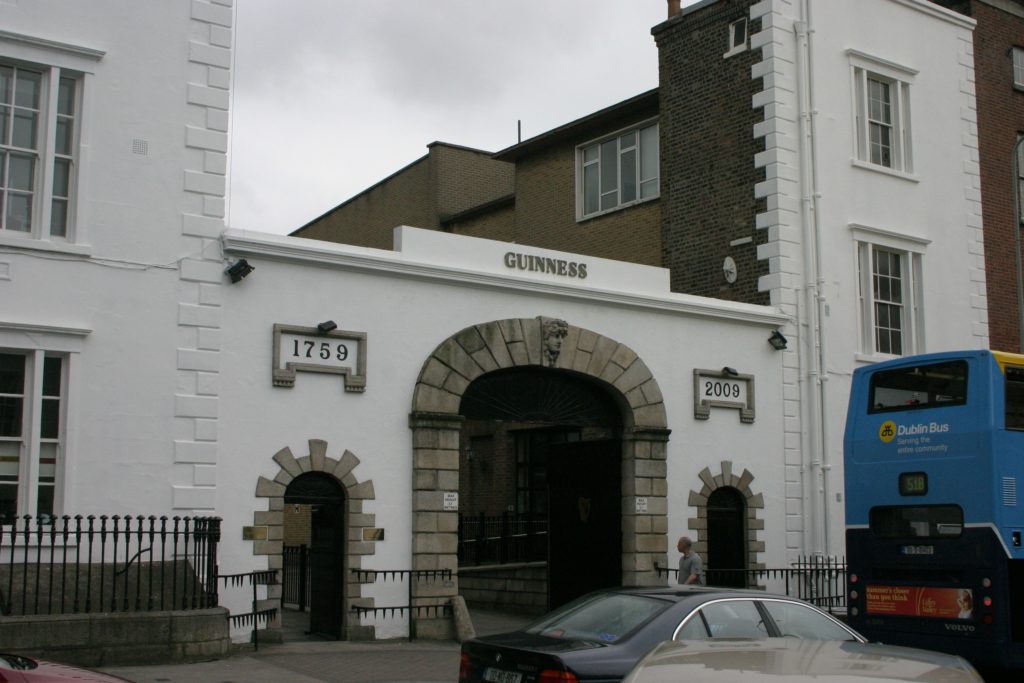
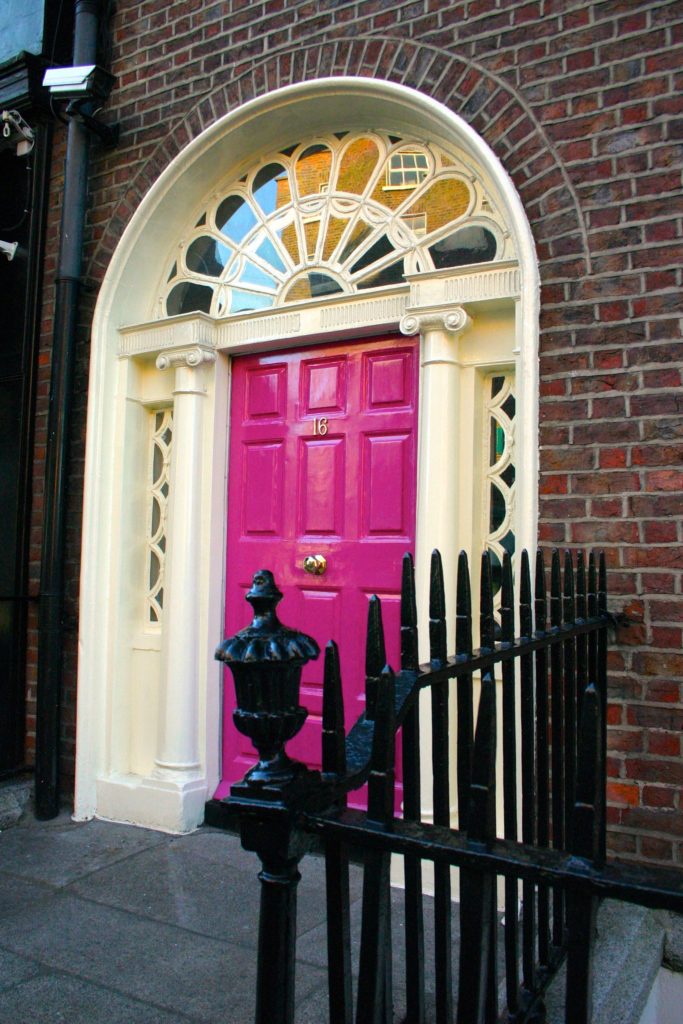
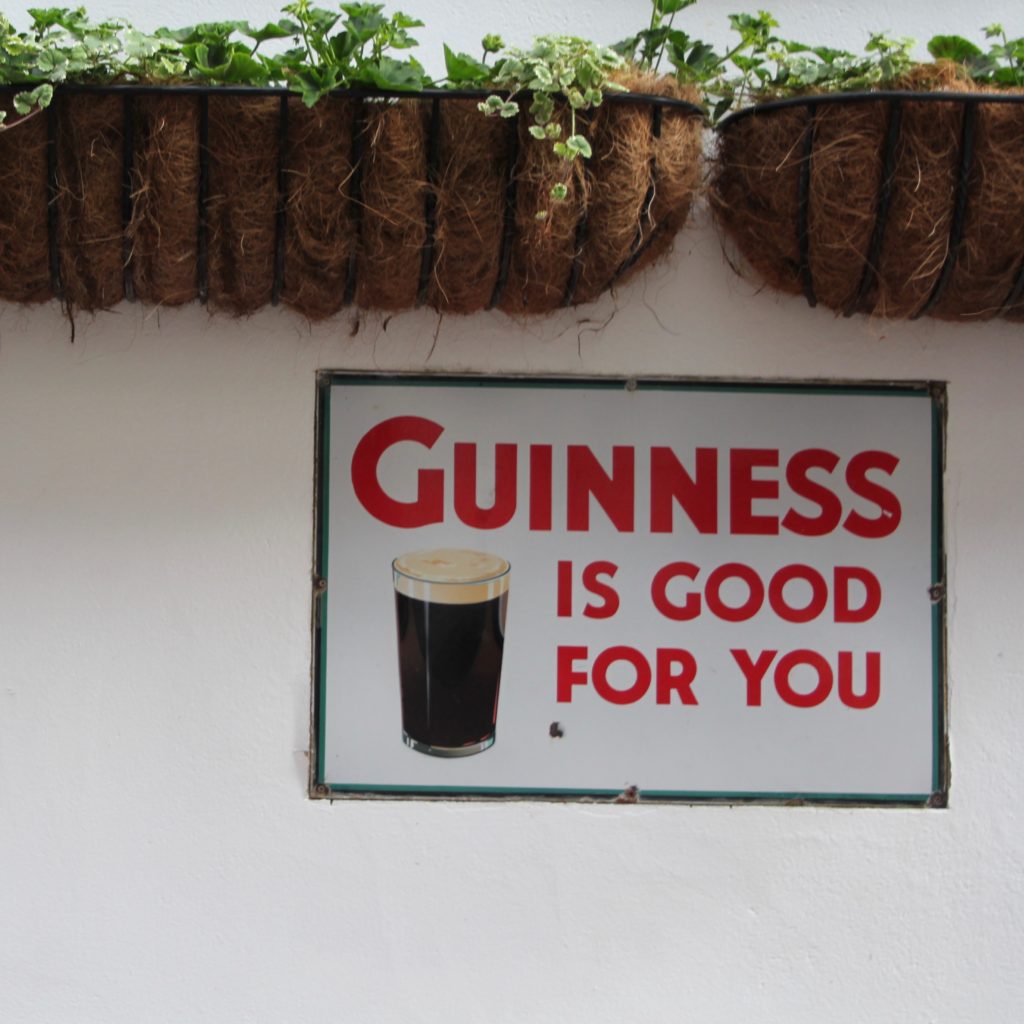
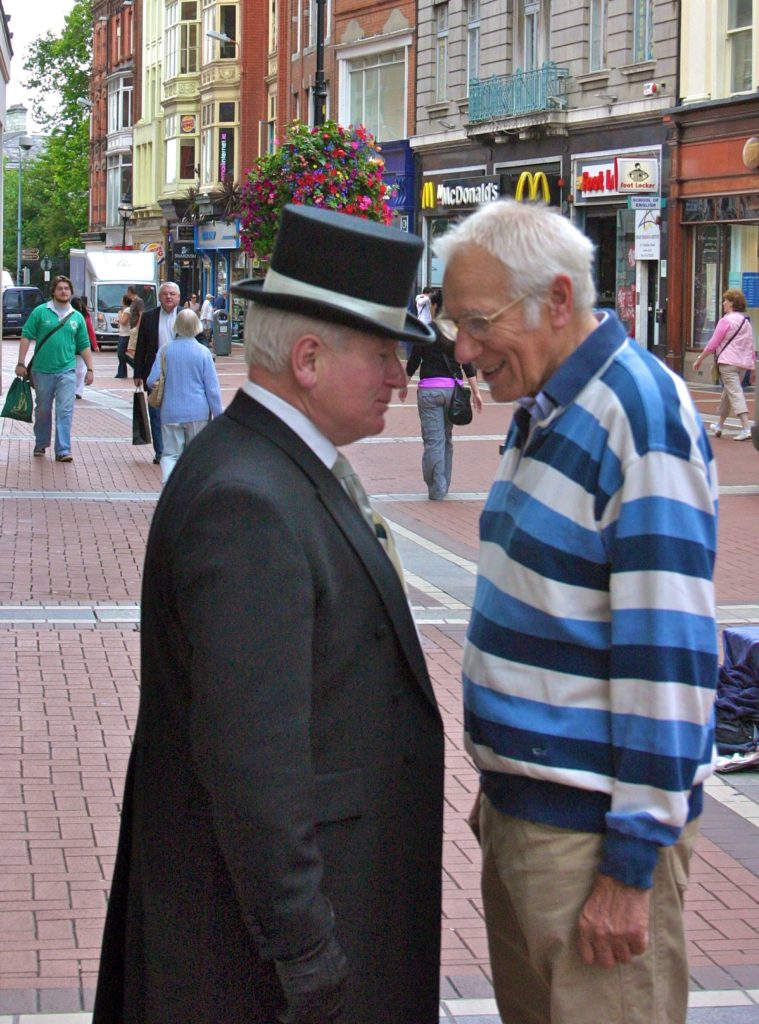
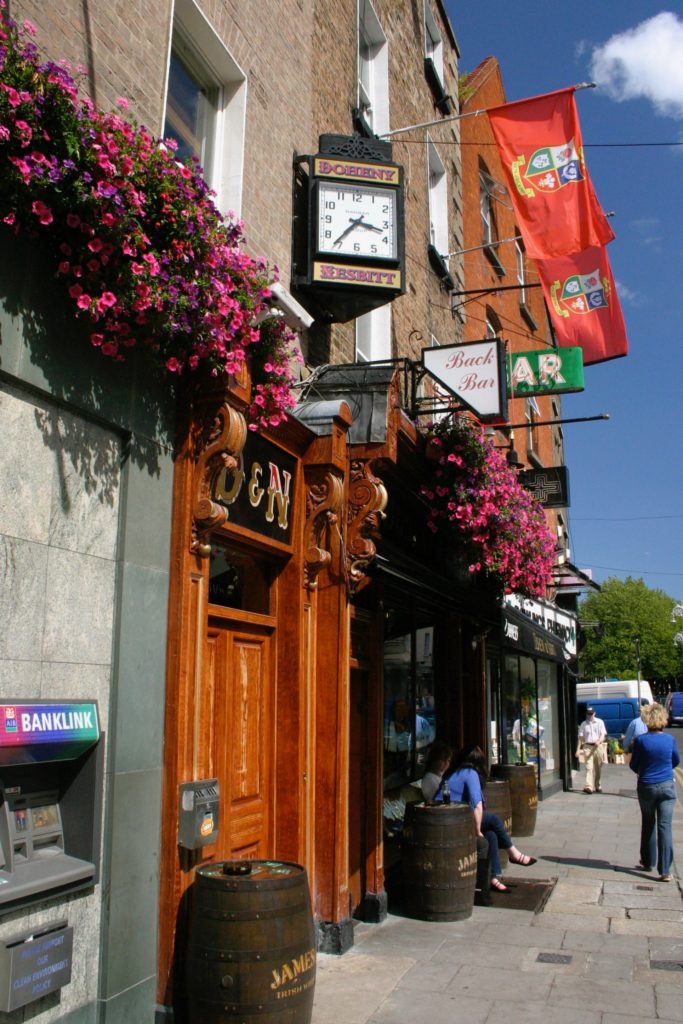
Ask anyone who’s spent time in Ireland and they will likely recount their instant adoration of the people, the culture, and the stunningly beautiful countryside, along with the vibrant towns and cities. If your time is limited, mark Dublin and Belfast on top of your hit list.
Luke Skywalker and I have something in common–we both love Skellig Michael Island. It’s a mere eight miles from Portmagee in southwest County Kerry. A visit to the island is like a time trip back to the 6th century when a monastic community was formed here.
The island is stark, towering and seemingly uninhabitable, but the monks’ stone beehive huts remain intact (restored in the late 19th century) with archeological evidence of their garden plots carved out of stone outcroppings.
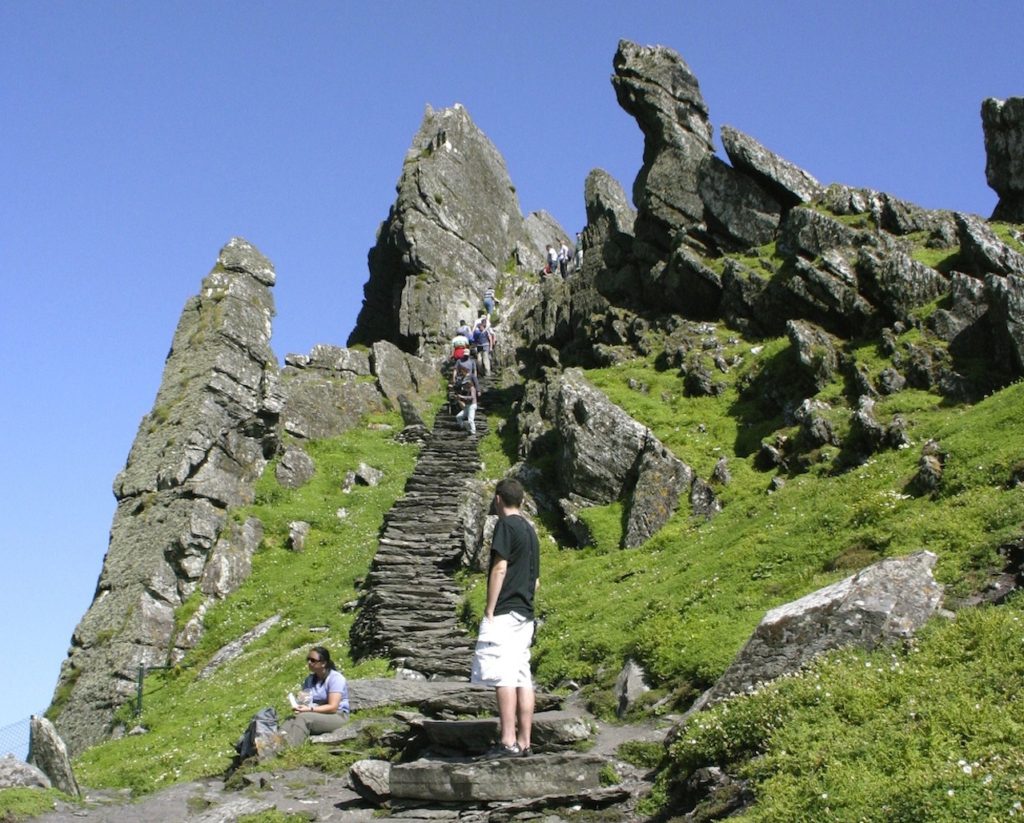
The monastic community remained on the isle through repeated Viking attacks, but the community was ultimately abandoned in the 13th century. Some of the Star Wars scenes filmed on Skellig Michael were the product of CGI—but in many of the scenes what you see is what you will experience if you make the memorable journey by boat.
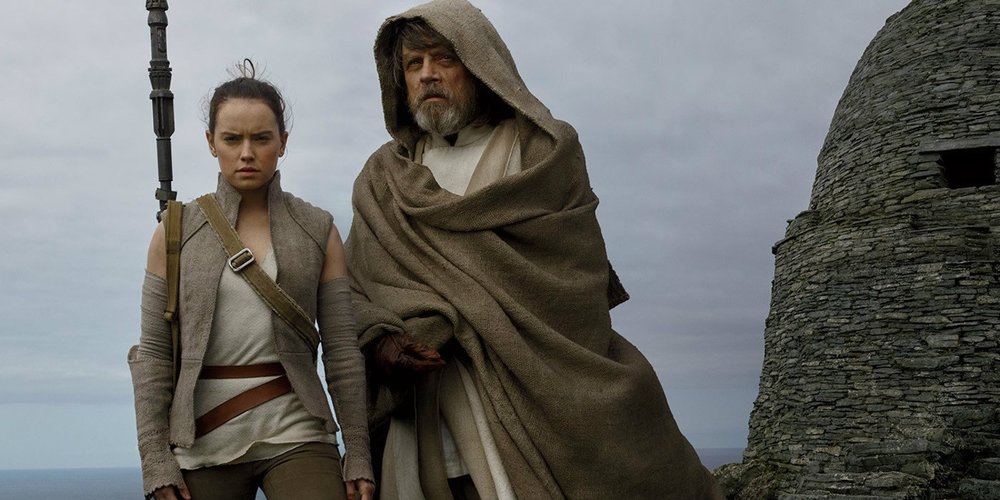
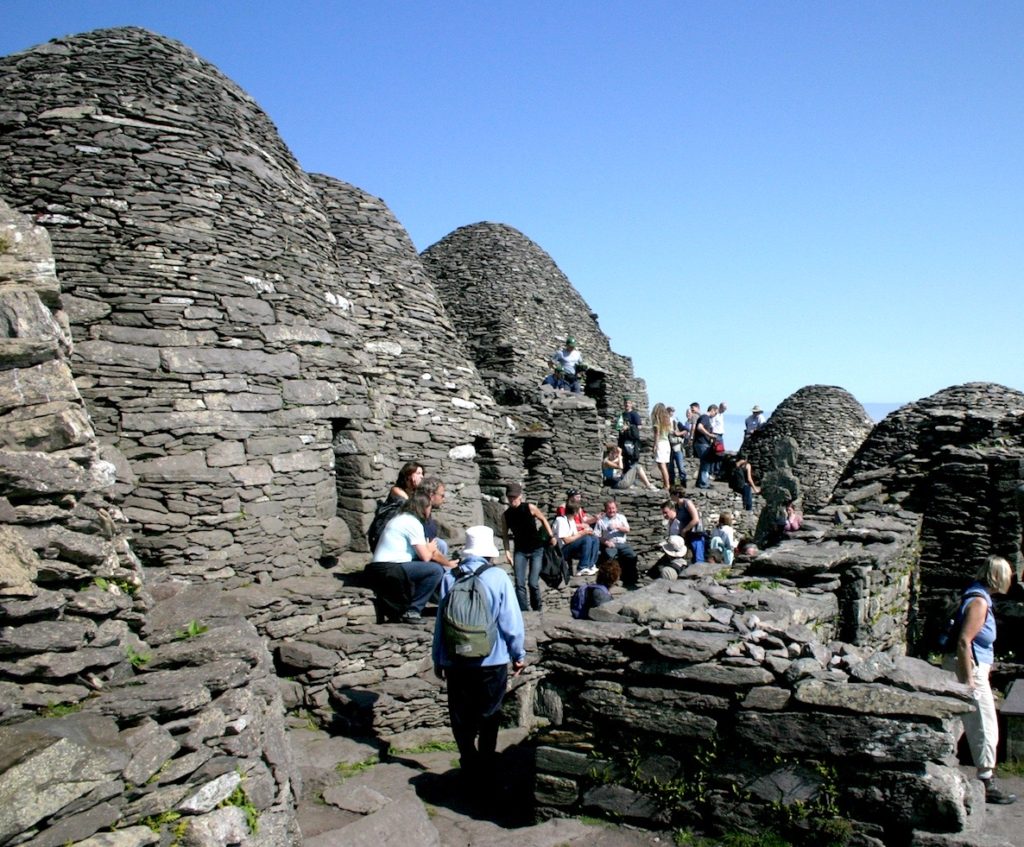
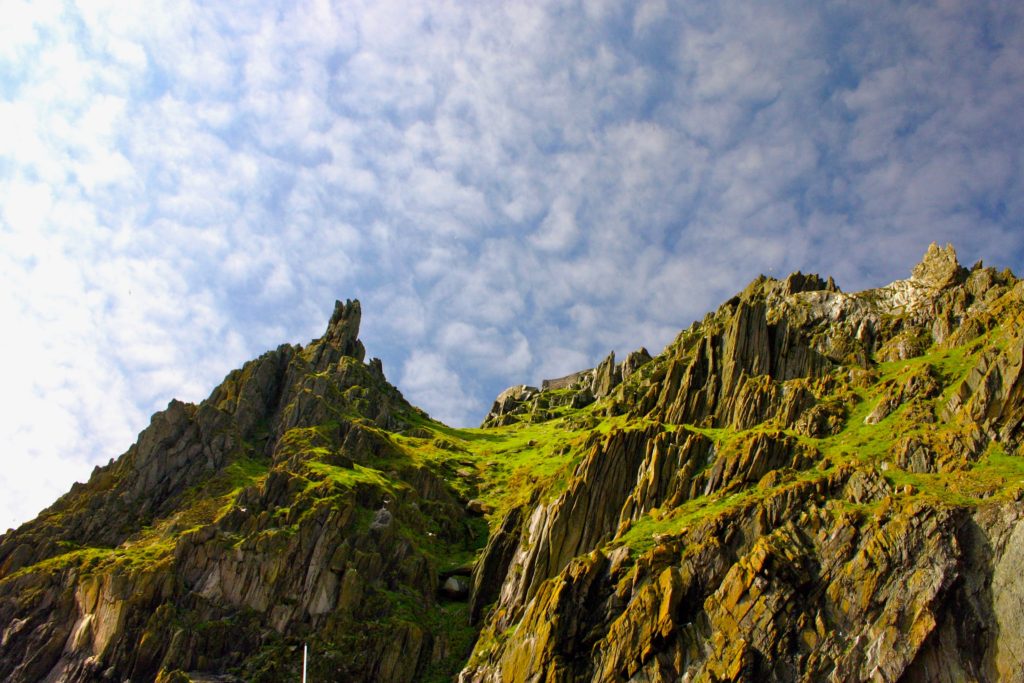
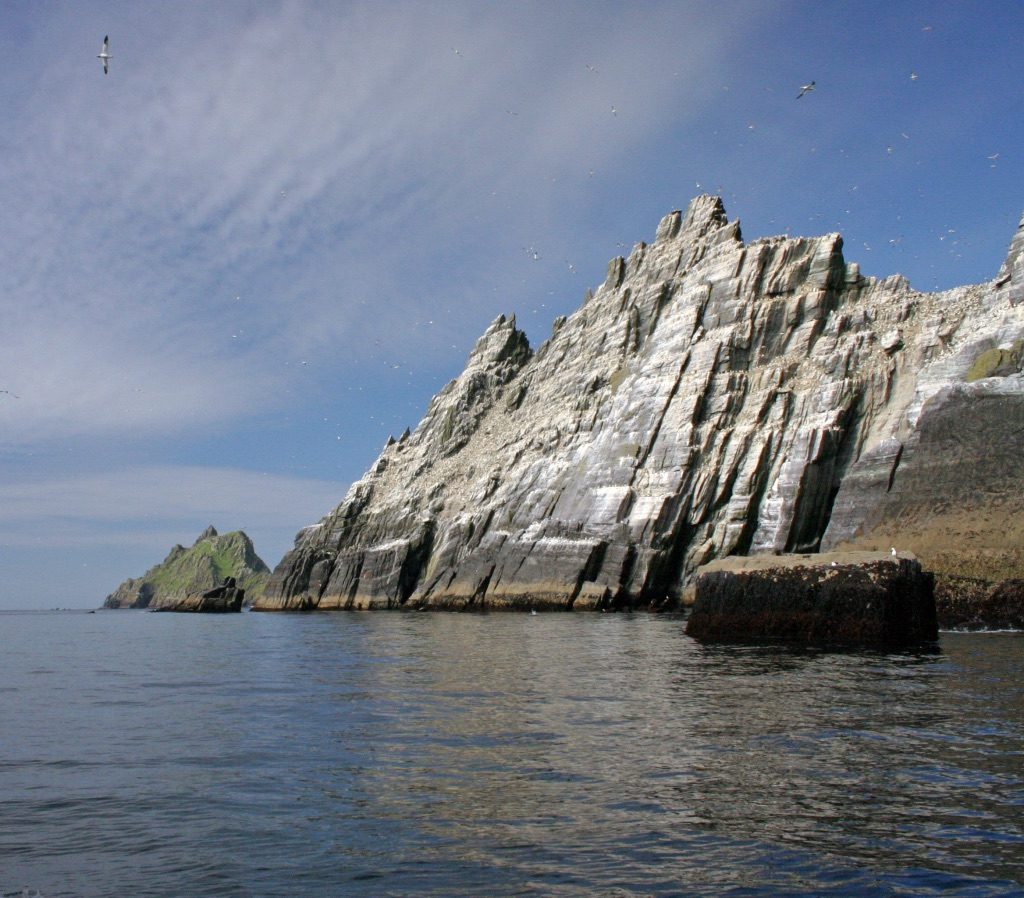
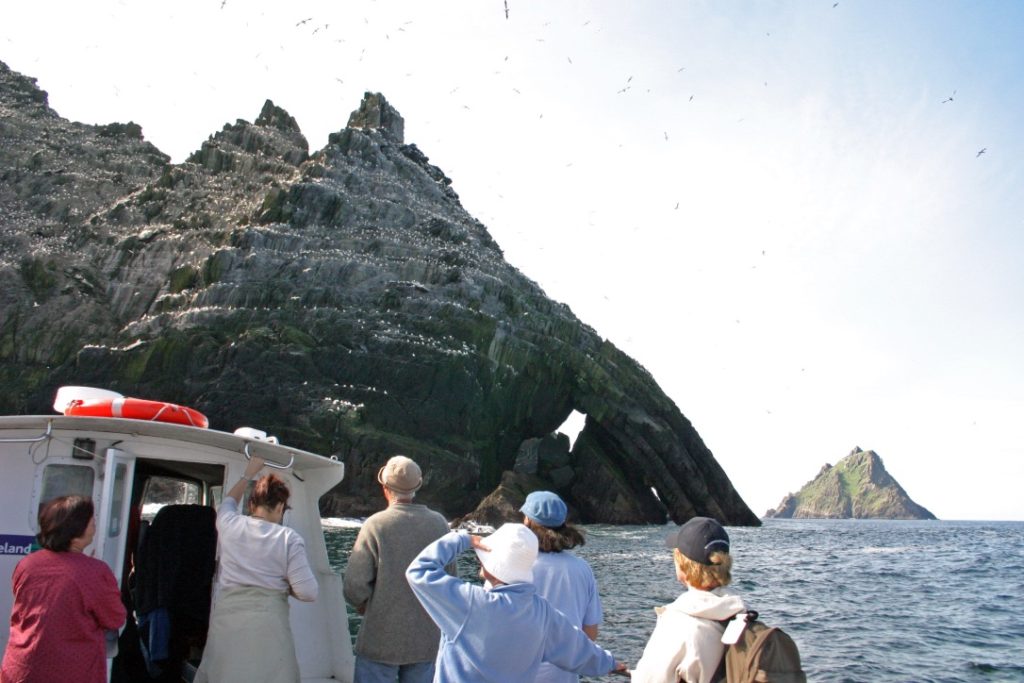
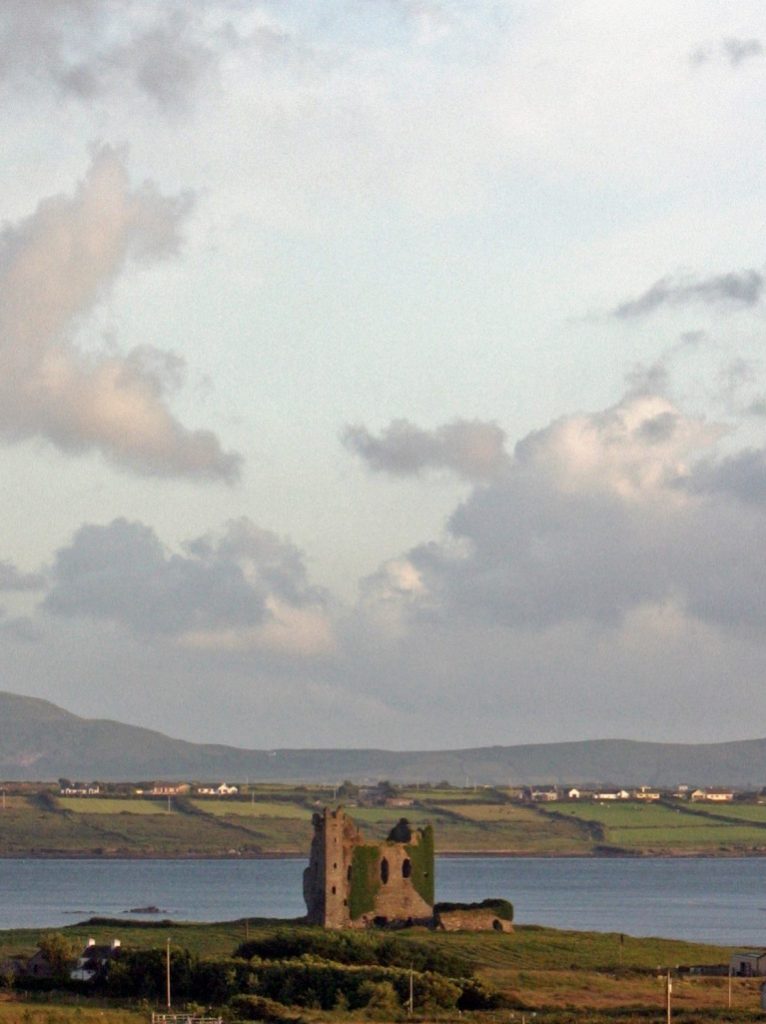

Skellig Michael Island is a World Heritage Site, and the number of visitors is limited and tightly regulated, so plan on making reservations as far in advance as possible. Whether or not time allows for a boat trip out to the island, be sure to stop in at The Skellig Experience Visitor Center on Valentia Island, adjacent to the island bridge.
Exploring Belfast
Top of my list of Belfast must dos is a tour at the Titanic Experience. Imagine if you will, four nine-story-tall ship’s bows (the same height as Titanic’s) thrusting outward at 90-degrees from one another and you’ll have a glimmer of the new Titanic-Belfast’s grandeur and dynamic visual symbolism.
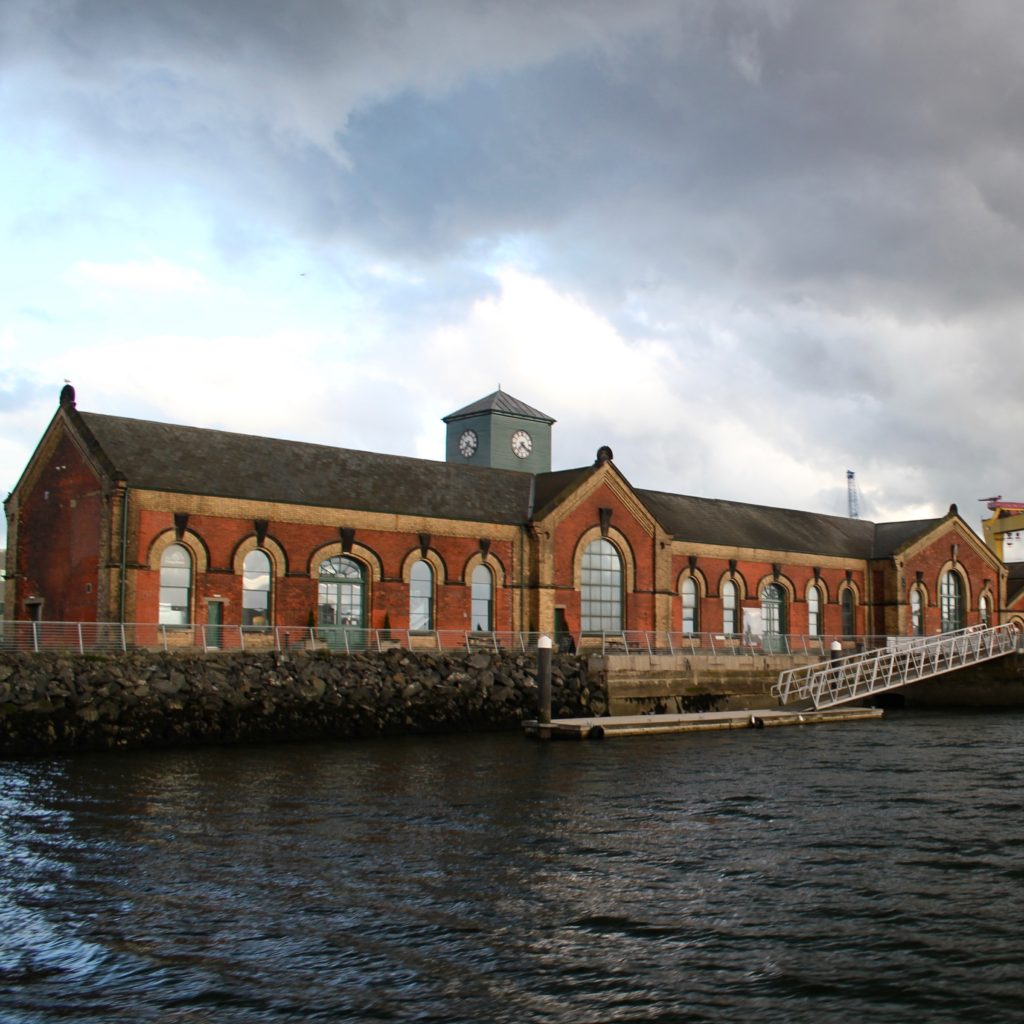
Titanic-Belfast is a one-stop showcase of anything and everything relative to R.M.S. Titanic—from keel laying to her sinking and aftermath.
Appropriately situated steps away from Titanic’s dry dock, nine distinctive galleries recount Titanic’s history through state-of-the-art interactive displays, computer simulations and full-scale recreations.
Visitors climb aboard cars that sail through space and zoom through a virtual Titanic under construction. An array of interactive computer-generated imagery brings to life the ship’s interior, staterooms, dining rooms, engine room and more.
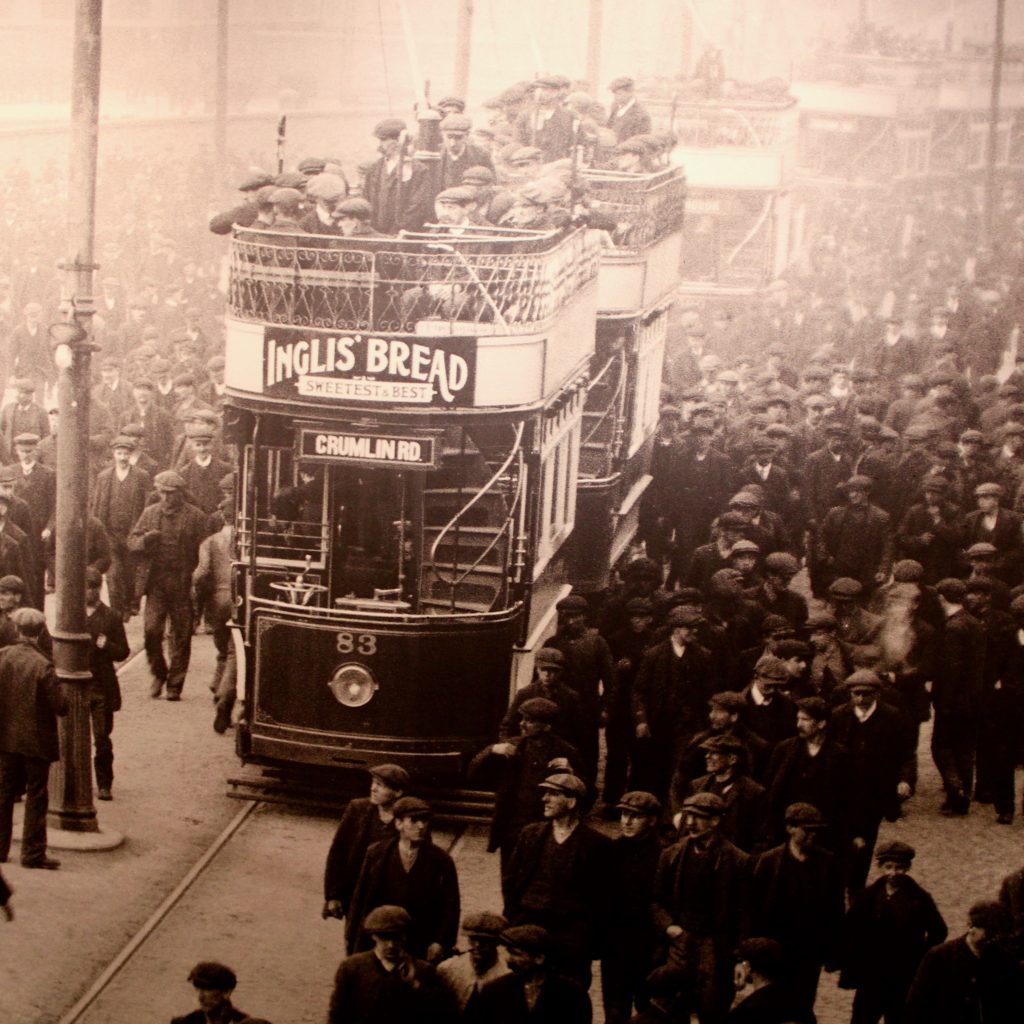
Individual galleries situated on six levels focus on aspects such as The Maiden Voyage, The Sinking, The Aftermath, and Titanic Beneath which presents a virtual journey to visit the ship as it lies on the North Atlantic seabed 2.5 miles below the surface.
Titanic-Belfast is a multi-faceted facility with restaurants, cafes and shops. Titanic’s tender vessel, the Nomadic, survived and it’s been fully restored and is part of the experience where you can step aboard and have a taste of the Titanic. When the Nomadic was built it was outfitted with identical materials used on the Titanic such as the intricate lighting rosettes, door hardware, portholes and detailed millwork.
